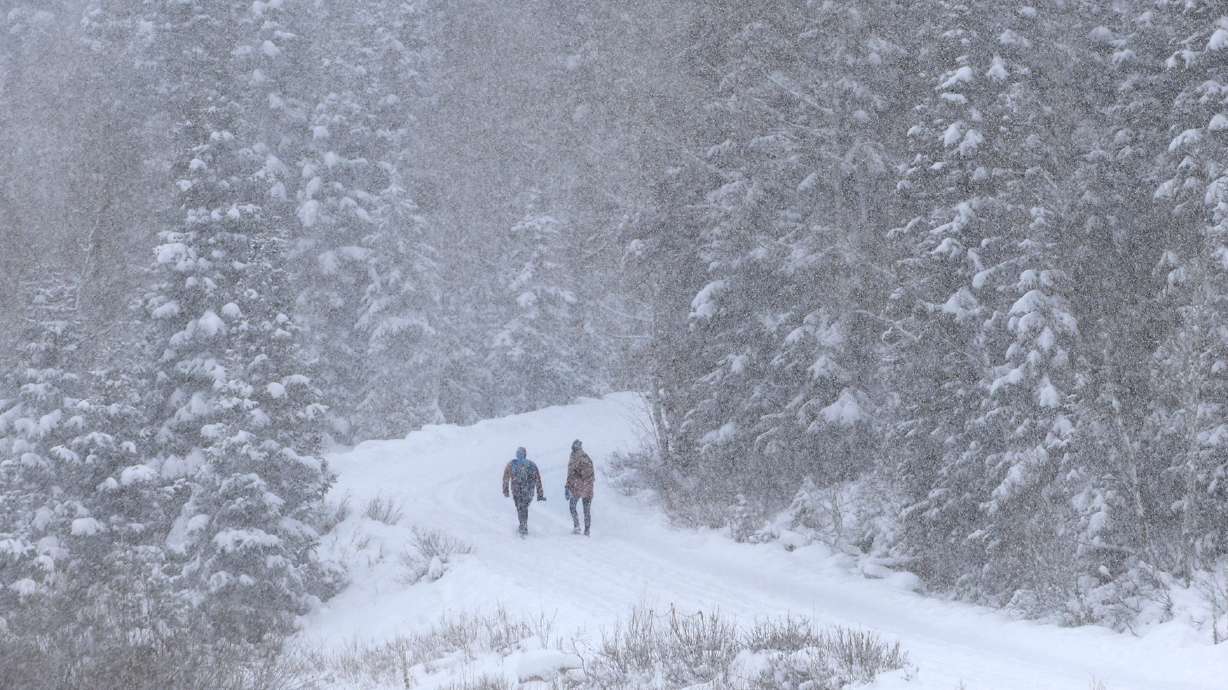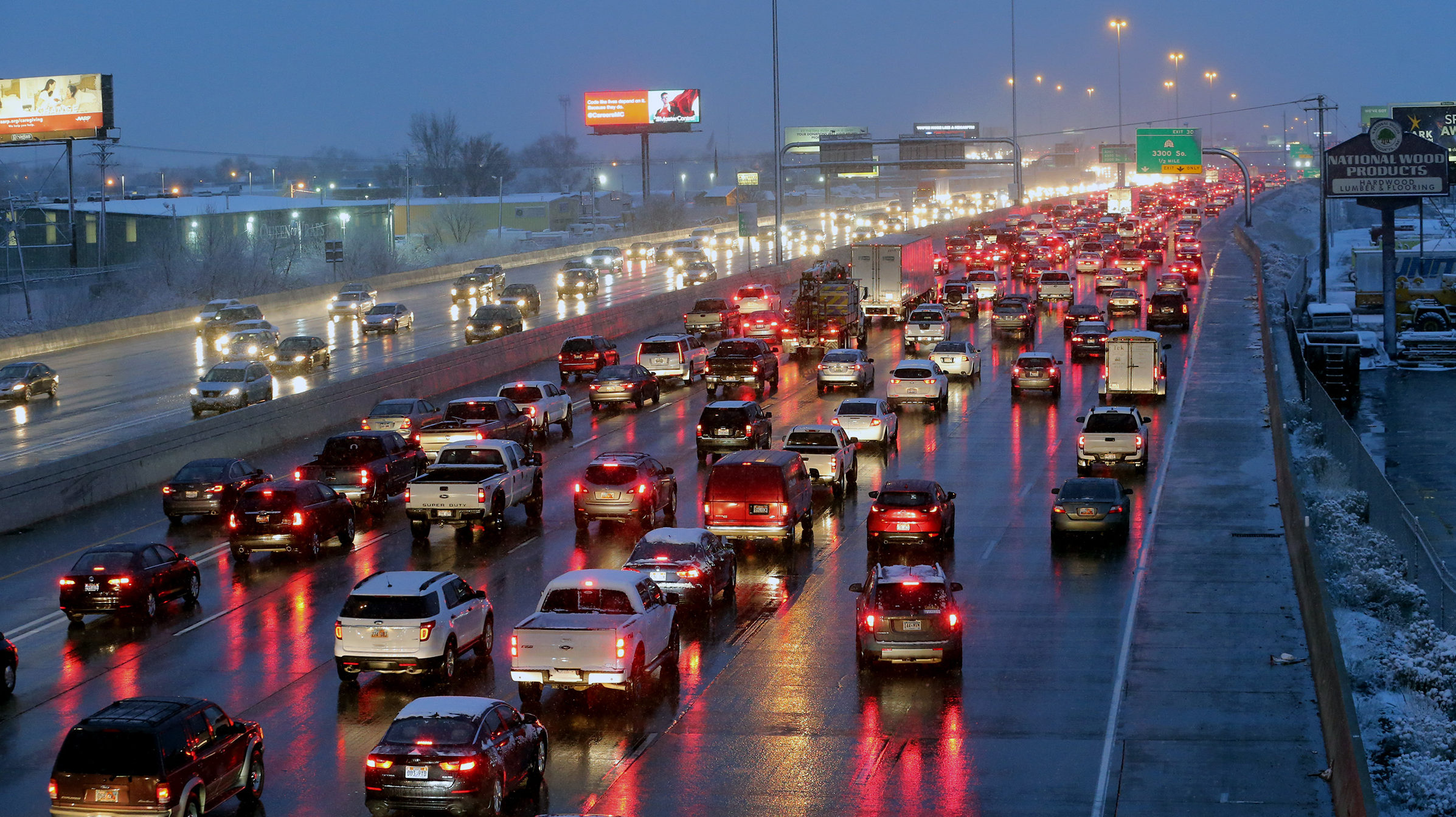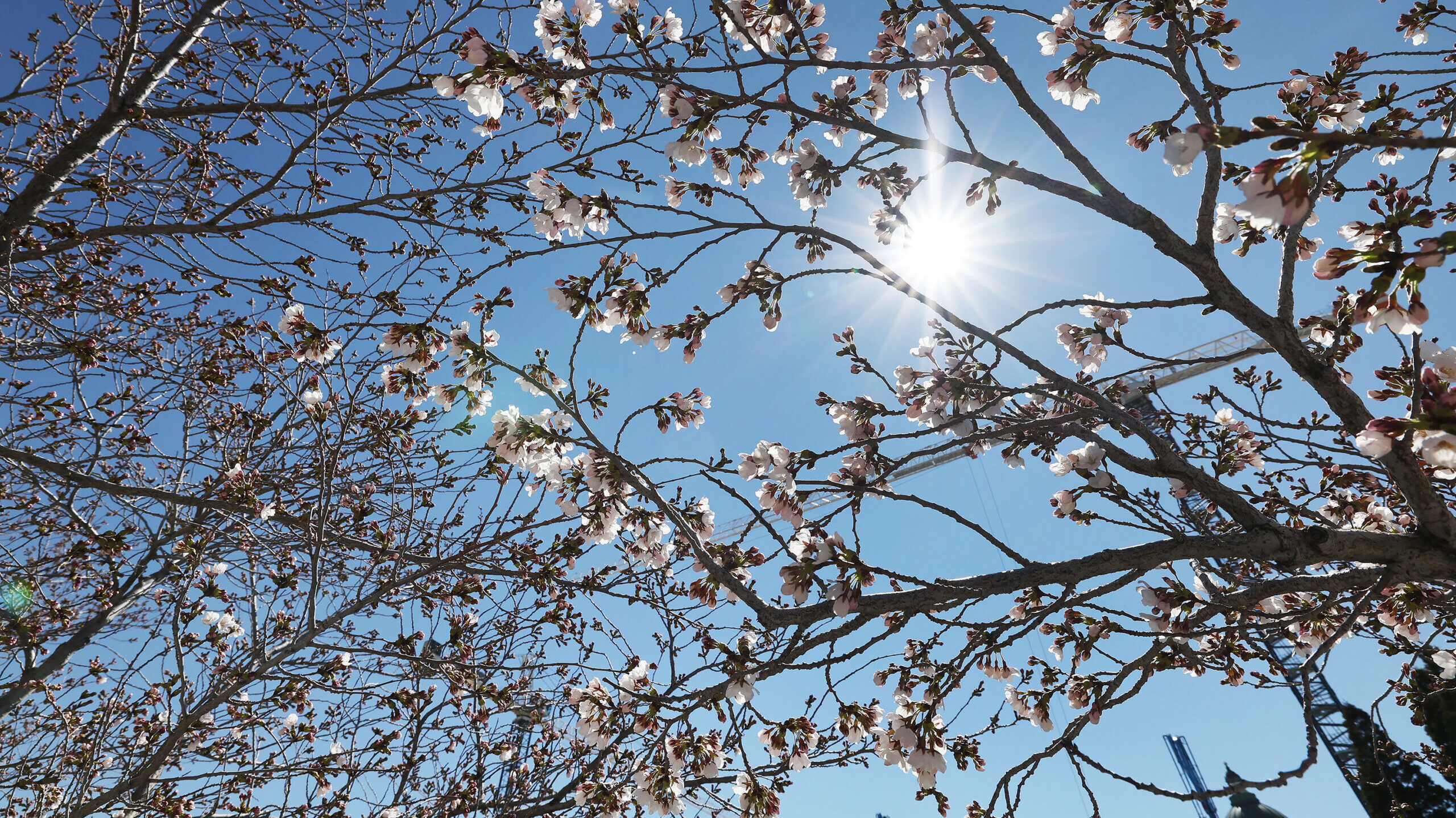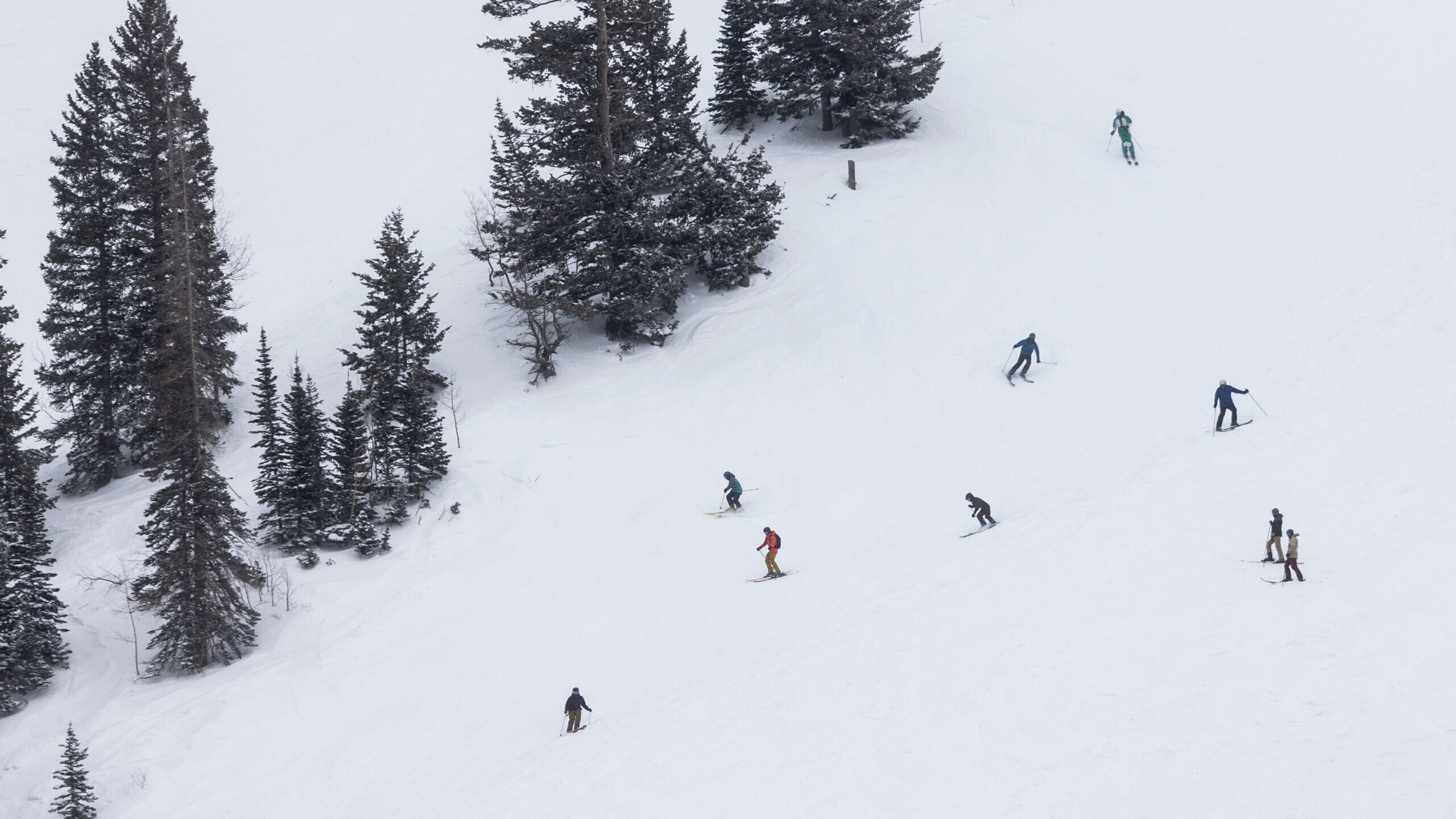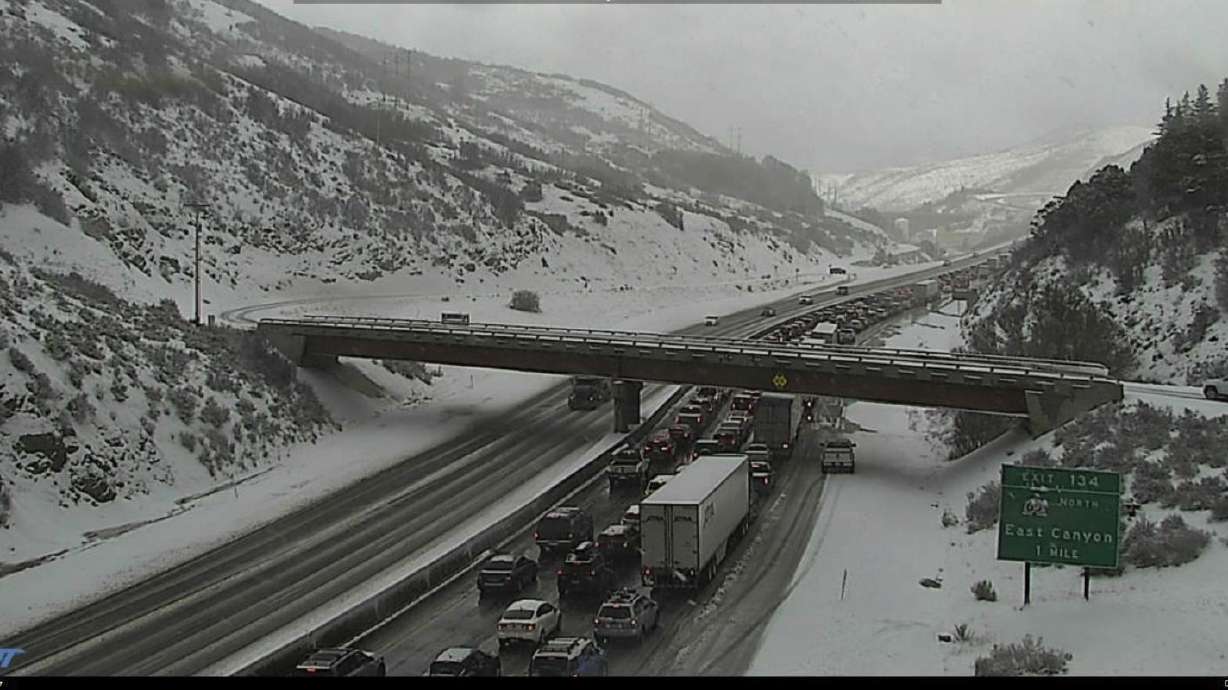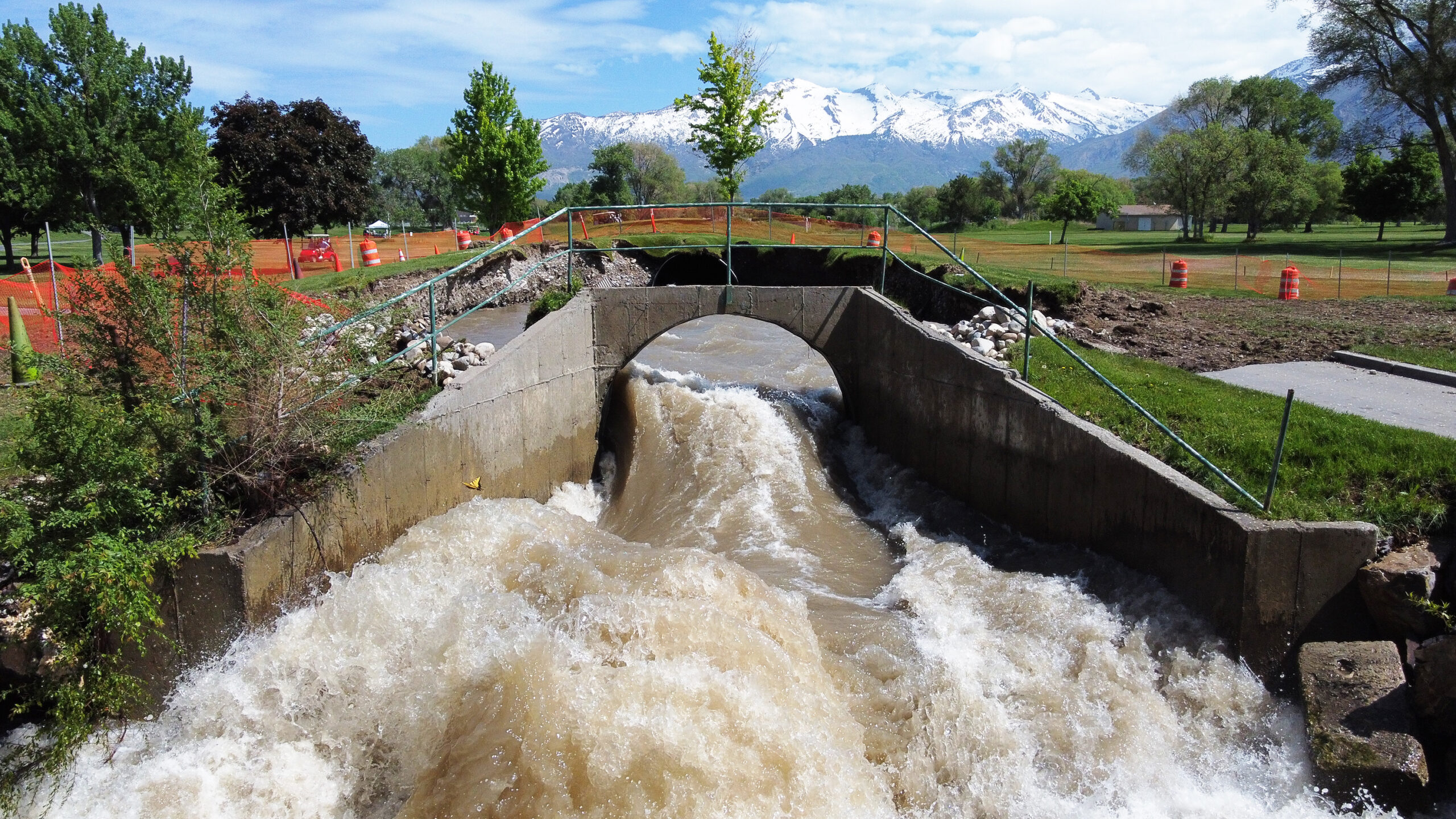Great Salt Lake dust could be toxic, bad for snow season
Oct 25, 2021, 8:19 AM
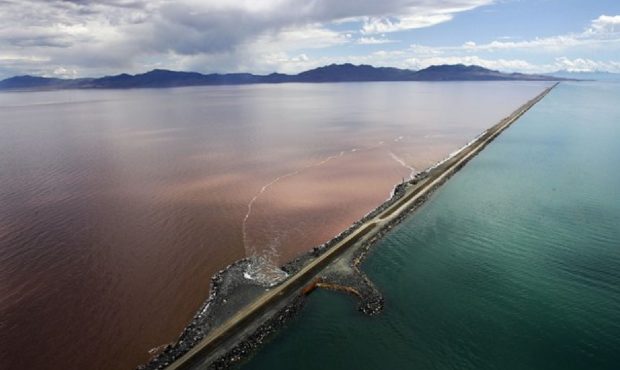
File photo
SALT LAKE CITY — The dwindling Great Salt Lake could create a number of problems for Utahns down the road. It is already creating more dust in the air, that dust might disrupt the snow season, and there might be toxic particles in the dust.
Great Salt Lake dust
With the Great Salt Lake at its lowest levels on record, Utahns might have noticed extra dust flying around in the air.
University of Utah Associate Professor of Atmospheric Sciences, Dr. Kevin Perry, says the exposed lake bed is a large contributor to that dust.
“There’s now more than 800 miles of lake bed that’s exposed,” says Perry.
He says roughly 10% of the area once underwater is now contributing to the dust problem, but it will only get worse as the lake remains low.
Read more: A new low for the southern edge of Utah’s Great Salt Lake
Arsenic
In addition to the reduced air quality caused by the dust, Dr. Perry says his research has uncovered something even more troubling.
“Relatively high concentrations of arsenic in the soil that has now been exposed by the receding lake,” Perry says.
He says low or moderate arsenic exposure is not the biggest cause for concern, but prolonged exposure over a period of years or decades is a reason to worry.
“The concentrations in the dust are high enough that if people were exposed to this for a long period of time, over 10 or 20 years, that could actually lead to an increase in the rates of lung cancer,” explains Perry.
However, the doctor does not want to be an alarmist. He says studies are being conducted to determine how much of the potentially toxic dust we are coming into contact with.
Read more: Low lake levels threaten the food chain in the Great Salt Lake
Snow
The dust also has the potential to alter the snow season.
According to Dr. Perry, the dust settled on the snow changes its reflectivity. The dust effectively makes the snow darker.
He says, “When you make snow darker, it actually melts faster.”
Faster melting snow can lead to problems later in the season for the water runoff and storage. The shrinking lake could eventually lead to reduced lake effect snow earlier in the season.
Read more: Wildlife, air quality at risk as Great Salt Lake nears low
Ultimately, Dr. Perry says Utahns need to start caring more about the Great Salt Lake and stop seeing it as smelly, full of bugs, and a waste of water due to the salt.
The best solution to the problem, Perry says, is to divert more water to the lake. Rio Tinto Kennecott and the Central Utah Water Conservancy District recently announced a large donation of water rights for the benefit of the lake over the next decade. It won’t fill the lake entirely, but it will certainly help.


